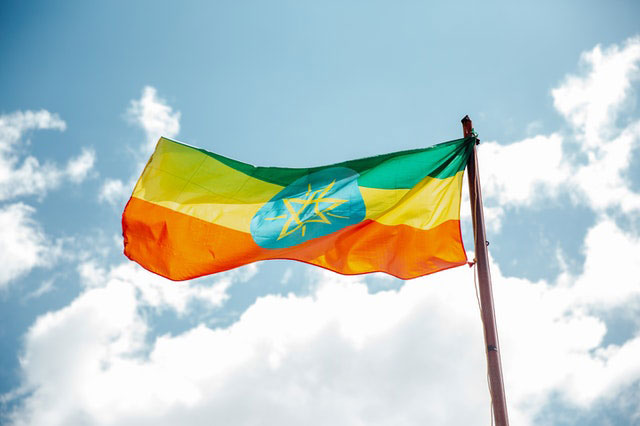Addis Ababa – War broke out in Ethiopia’s Tigray nearly two years ago when Prime Minister Abiy Ahmed deployed troops to topple the northern region’s ruling party he accused of attacking federal army bases.
The conflict plunged Tigray into a severe humanitarian crisis, leaving millions dangerously short of food.
On Wednesday, the Ethiopian government accepted an invitation by the African Union to hold talks with the rebels.
Here is a timeline of the conflict:
2020: Troops enter Tigray
On November 4, 2020, Abiy orders a military response to what he calls a “traitorous” attack on federal army camps in Tigray.
He blames the Tigray People’s Liberation Front (TPLF), a former guerrilla group that dominated Ethiopian politics for nearly three decades before Abiy took office in 2018.
Neighbouring Eritrea, which signed a peace deal with Abiy in 2018 that helped him win the Nobel Peace Prize the following year, is reported to have sent troops into Tigray to help Ethiopian forces.
Two weeks later, government forces take Tigray’s capital Mekele.
2021: ‘Ethnic cleansing’
In February 2021, Amnesty International says Eritrean soldiers killed “hundreds of civilians” in November in the ancient city of Axum. In March, US Secretary of State Antony Blinken speaks of “ethnic cleansing” in Tigray.
For months, Ethiopia and Eritrea deny the involvement of Eritrean forces but in March 2021 Abiy finally admits their presence and promptly announces their departure.
Tigrayans advance
The rebels retake Mekele in late June 2021, before pushing into the neighbouring regions of Amhara and Afar.
Abiy is sworn in for a new five-year term on October 4.
Two weeks later, Ethiopian aircraft launch deadly strikes on Tigray.
Abiy leads battle
On November 2, 2021, Ethiopia declares a nationwide state of emergency. Three weeks later, Abiy arrives on the frontline to personally direct his troops in battle.
In the first weeks of December, the government says it has recaptured a string of towns, including Lalibela, a UNESCO World Heritage site home to 13th-century churches carved out of rock.
Rebels withdraw
In December 2021, the rebels say they are withdrawing from Amhara and Afar and the government says its forces will not advance further into Tigray.
The United Nations says dozens of civilians were killed in air strikes on Tigray in late December.
2022: ‘Humanitarian truce’
In early January 2022, dozens of people are killed in a drone strike on a camp for displaced people in Dedebit in northwest Tigray, the rebels say.
On March 24, the government declares an “indefinite humanitarian truce” to help accelerate delivery of emergency aid into Tigray. The rebels agree to a cessation of hostilities.
Hopes for peace
In June, the two sides agree to the prospect of peace talks but they fail to agree on who should act as mediator.
The rebels reject the African Union’s envoy to the region, whom they see as biased towards the government, which in turn rejects the rebels’ demand that basic services be restored to Tigray as a precondition for talks.
Renewed fighting
On August 24, the five-month humanitarian truce crumbles as fighting resumes on Tigray’s southern border. Both sides blame each other.
On September 11, Tigrayan authorities announce they are ready for a ceasefire and a “robust peace process” mediated by the AU. The Ethiopian government does not immediately respond.
Three days later, 10 people are killed in twin drone attacks on Mekele but the government insists it is still “committed” to an AU-led peace process.
On September 19, UN investigators say they suspect the government of committing crimes against humanity in Tigray, including “using starvation as a method of warfare”, accusations denied by Addis Ababa.
Government agrees to talks
On October 5, the government says it has accepted an AU invitation to hold peace talks with the rebels.
Follow African Insider on Facebook, Twitter and Instagram
Source: AFP
Picture: Pexels
For more African news, visit Africaninsider.com


